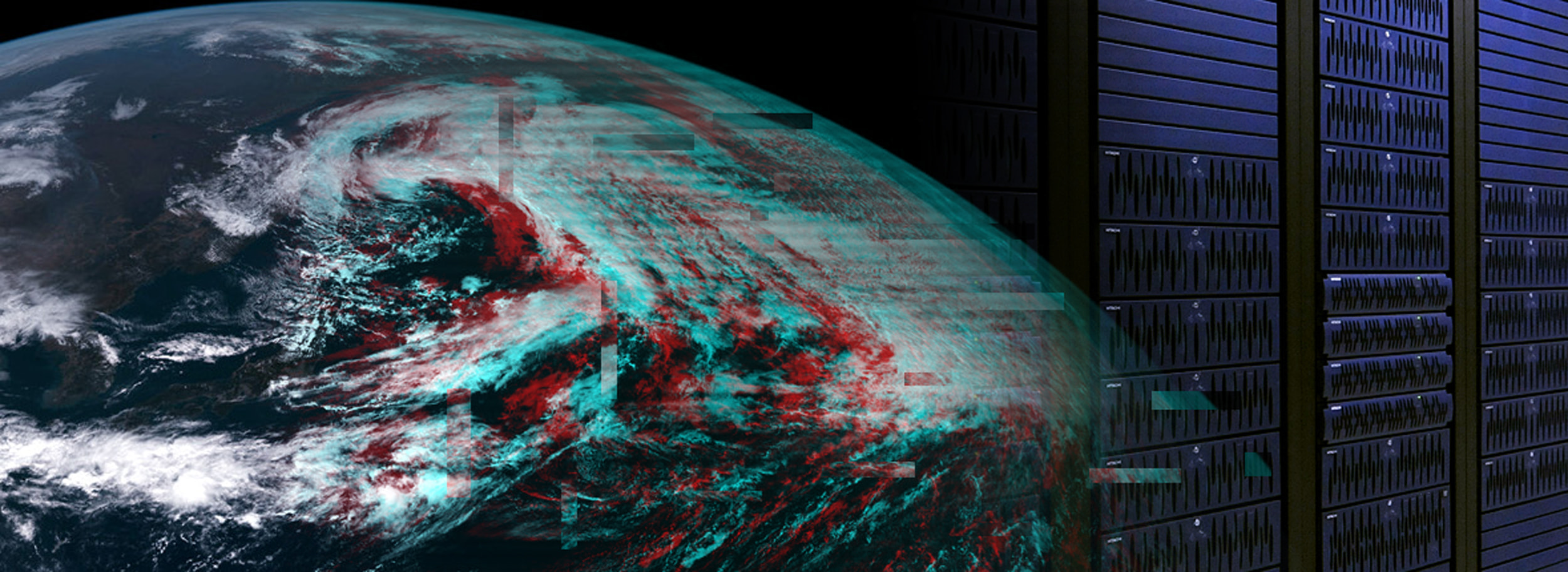

Data Integration and Analysis System

Challenge
Climate change, a significant planetary crisis, poses numerous challenges to our lives, and the necessity of establishing societal adaptation policies has been increasing. These include the development of social capacity and early warning systems for water-related disasters. While Earth observation data has the potential to serve as crucial evidence for decision-making, it is often impractical for decision-makers who are not familiar with handling such data, especially over extended periods. Therefore, it is more beneficial to provide applications that integrate various data and models and deliver “Earth Intelligence,” which is action-ready information.
Solution
The Data Integration and Analysis System (DIAS) is a platform that develops a data lake to support the creation of interactive applications for decision-making on cross-cutting issues by integrating domain data with climate change and weather prediction datasets. One such application is the forecasting system for river levels and flood inundation, which has been developed and is operational in Sri Lanka, West Africa, and the Philippines.
Intended Socioeconomic and Environmental Impact
Applications created in DIAS will support decision-making in areas such as the development of disaster risk reduction policies to adapt to climate change and the monitoring and management of ecosystems. Additionally, DIAS will help reduce the costs associated with utilizing large climate change prediction datasets. Furthermore, one of the applications developed on DIAS—the forecasting systems for river levels and flood inundation—is intended to serve as a tool for creating timelines to respond to heavy rainfall events and for hazard mapping and risk assessment.
Objectives for 2025–2030
DIAS will expand its platform to allow users to access the latest information by updating climate change prediction datasets. Additionally, DIAS will develop new infrastructure that enables the creation of simple application widgets and the analysis of full-scale scenarios through server-side computing. Furthermore, as part of the DIAS initiative, plans are in place to train “facilitators” to accelerate capacity development in local institutions.
How We Work
The core team is responsible for project management and the applications of DIAS, as well as the development and operation of the hardware and software needed to manage the massive database on which the applications are built. For individual applications, a team of experts, assembled based on their interests and aims, is responsible for application development, operation, and user communication.
Donors
Partners
Non-affiliated
Points of Contact
